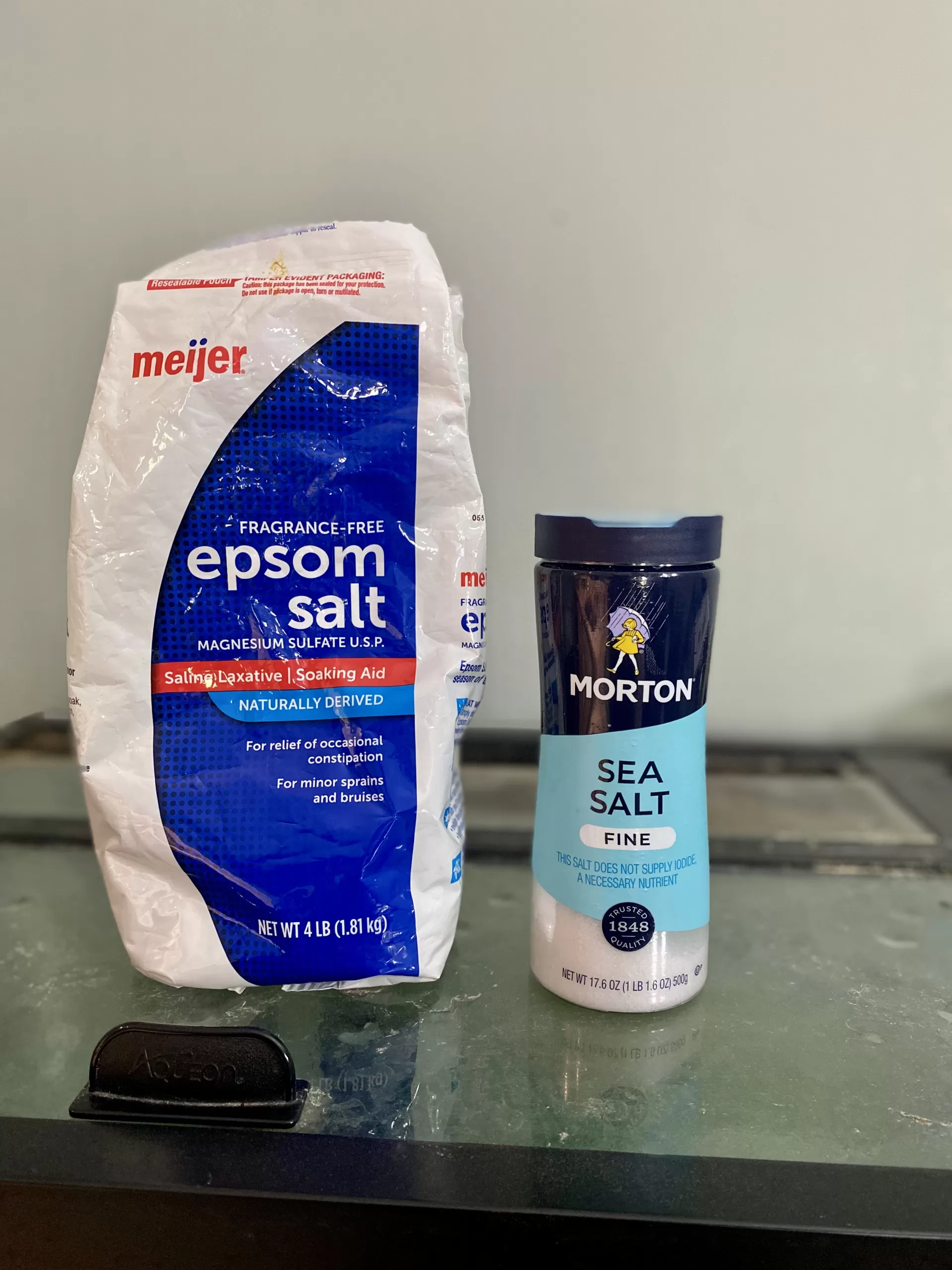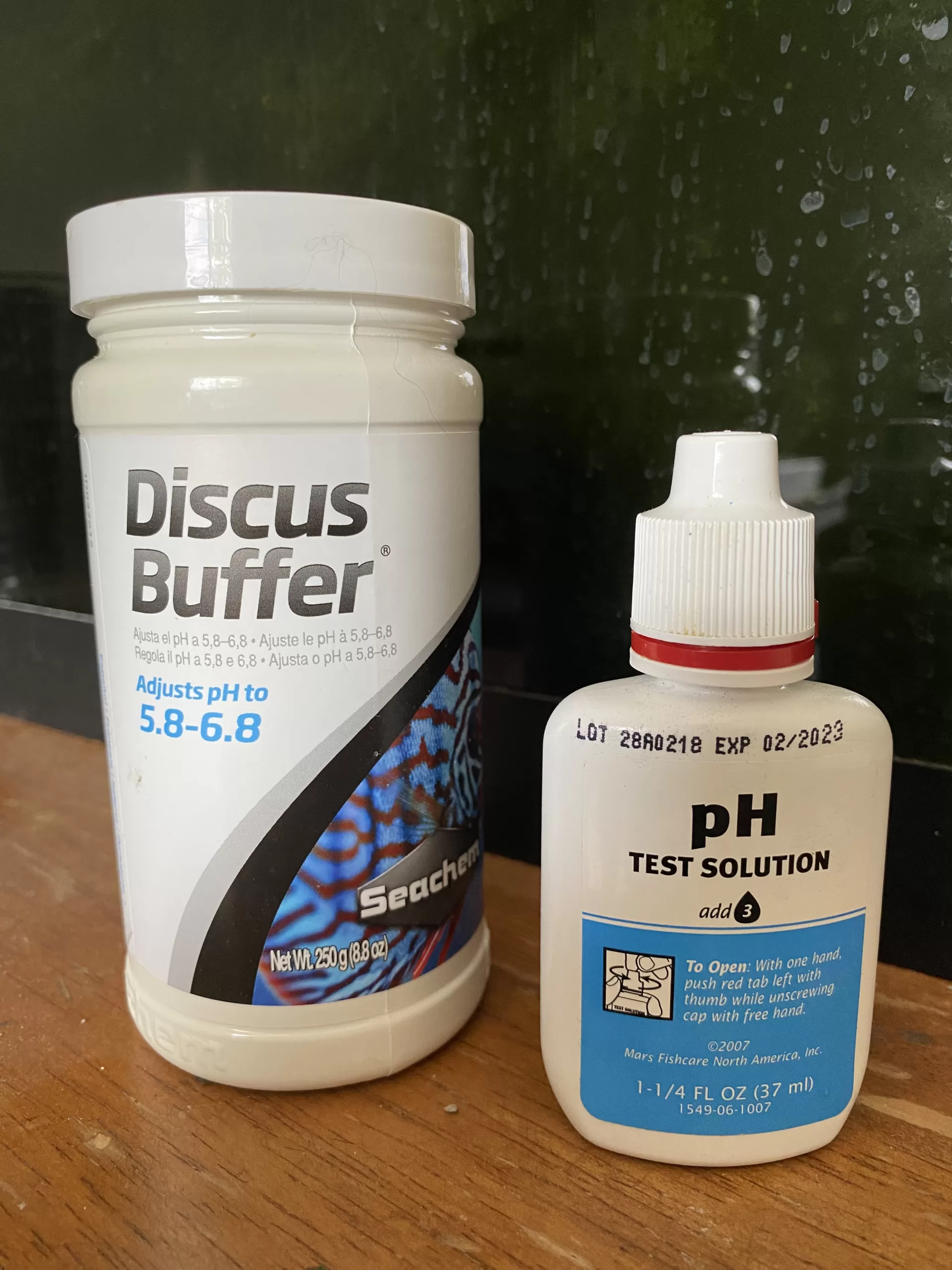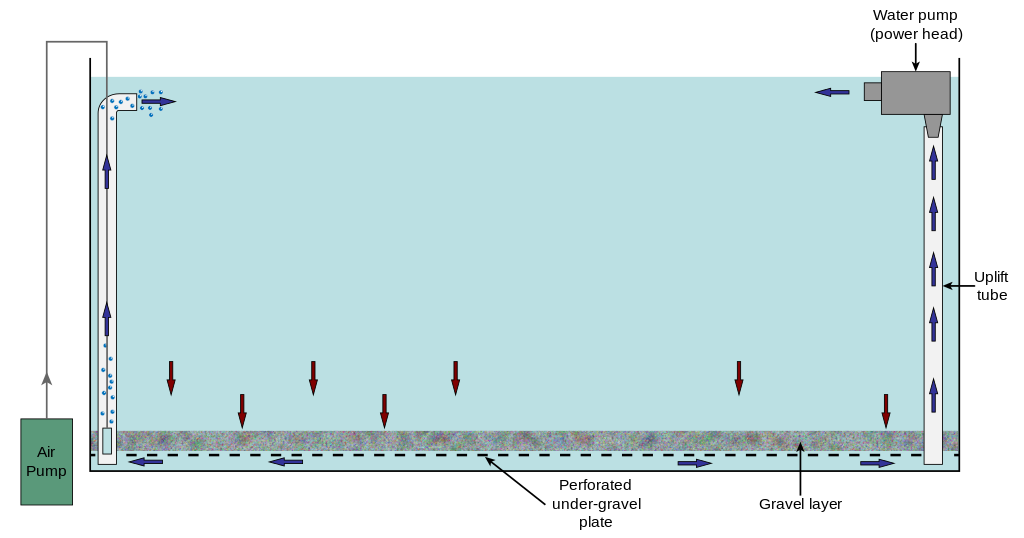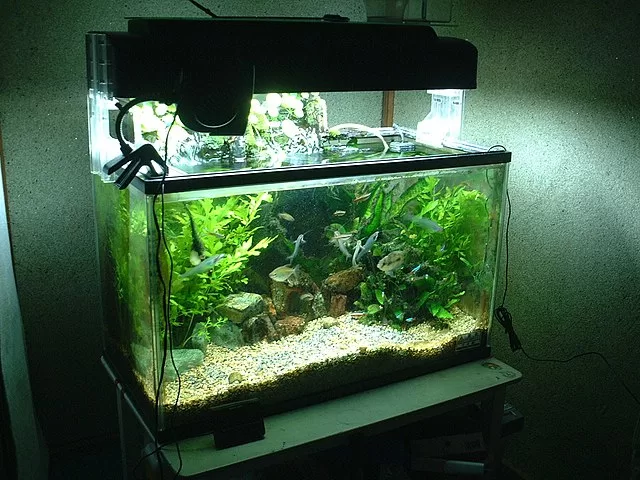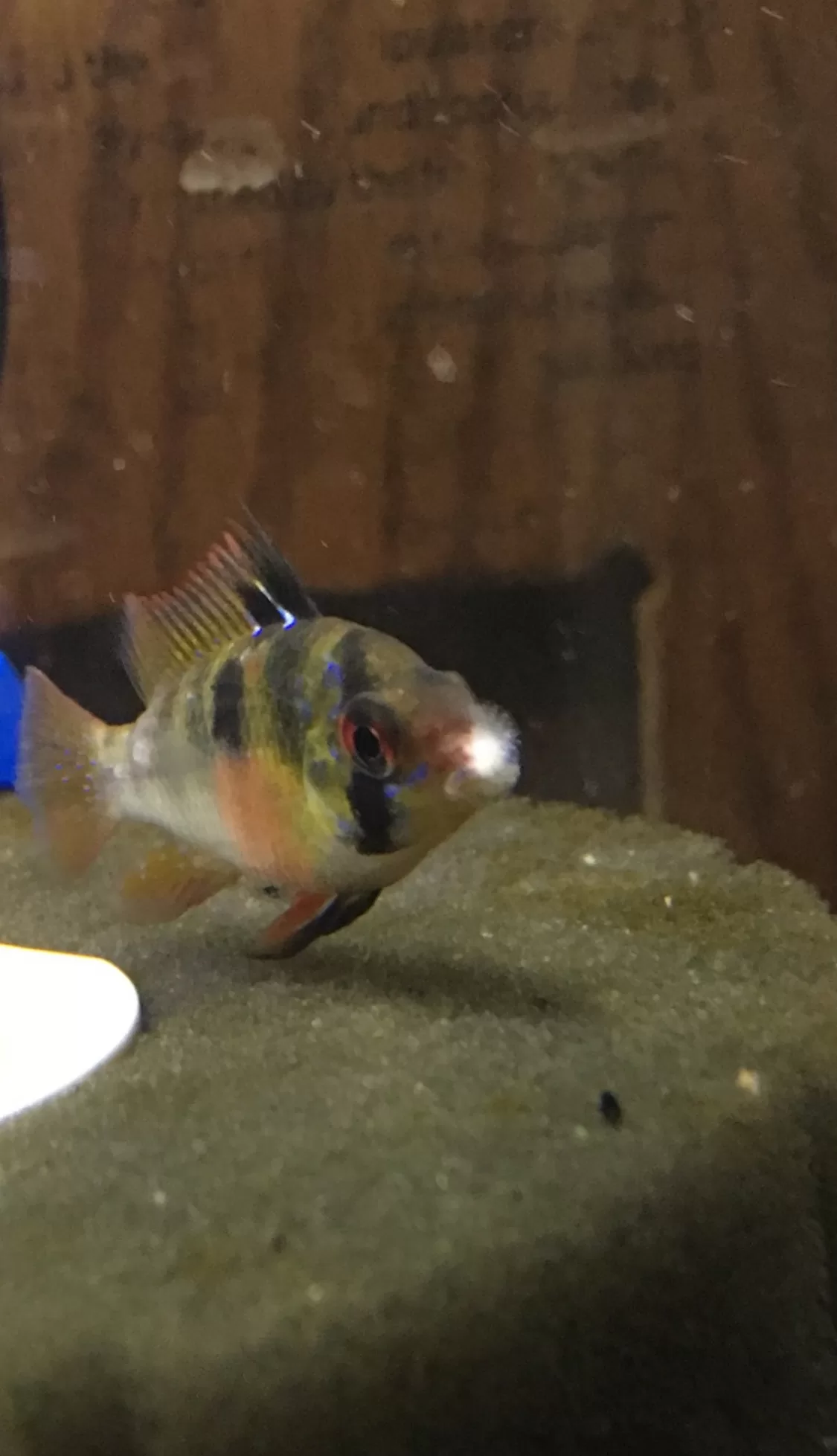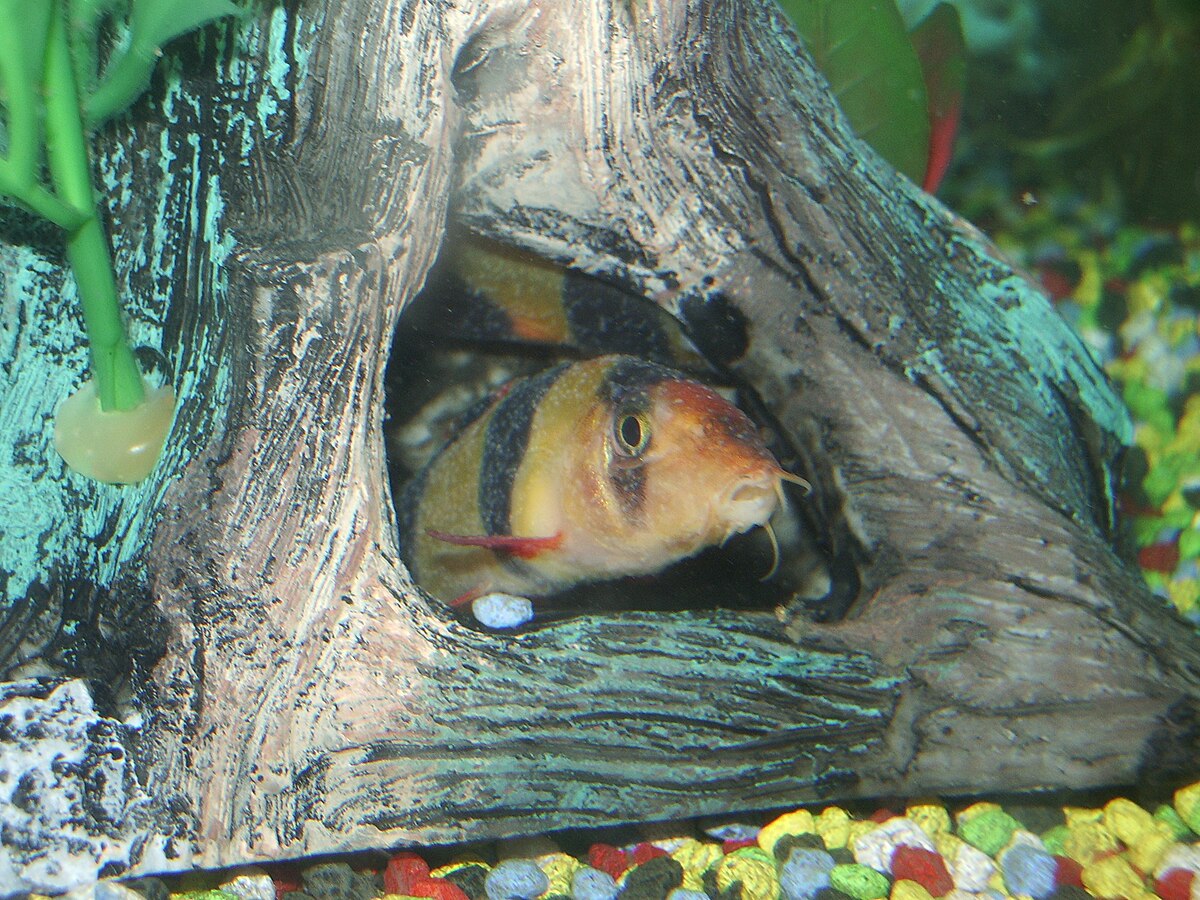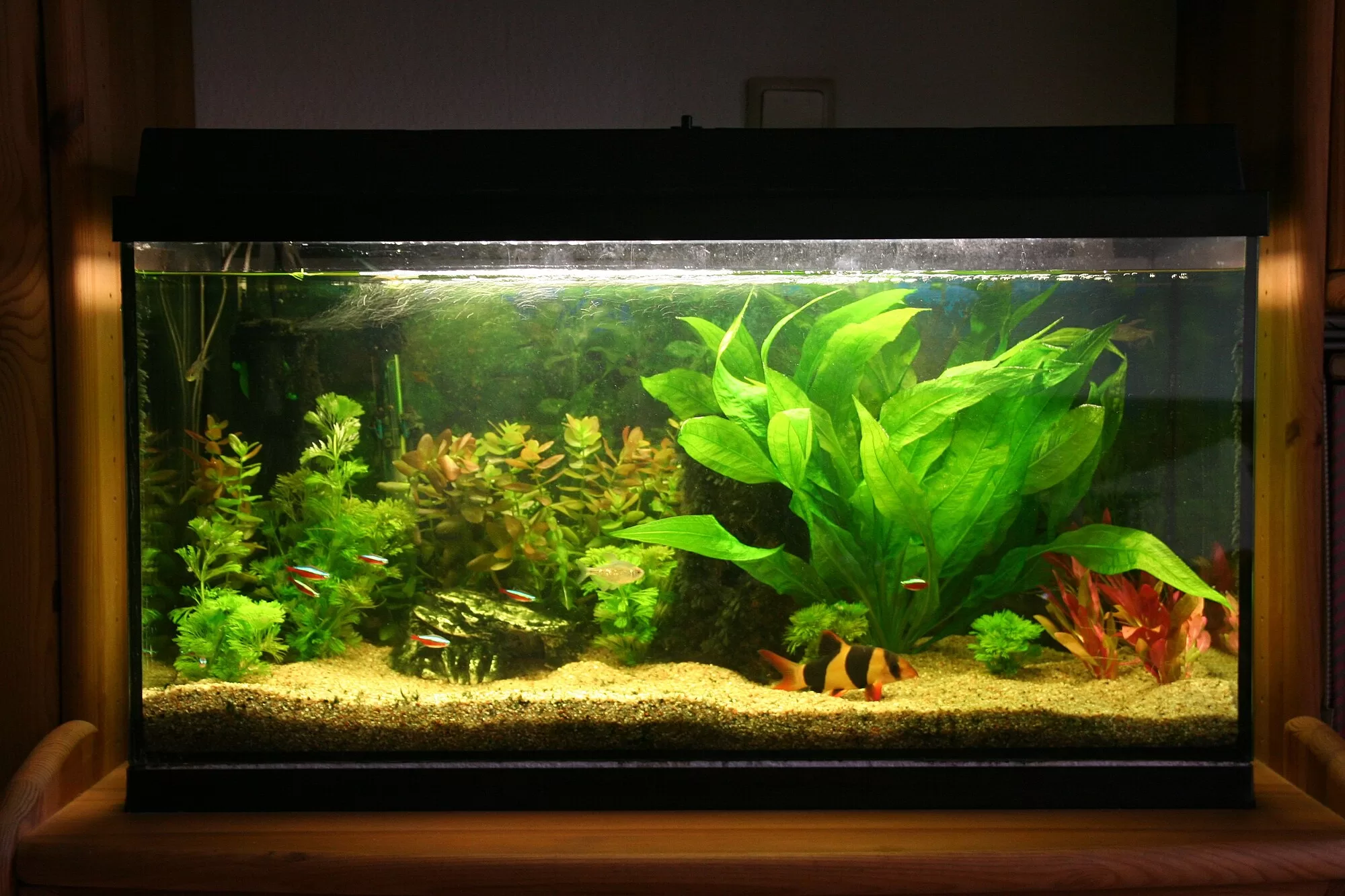The difference between aquarium salt and epsom salt is significant. These are two completely different compounds that do very different things for your fish. Aquarium salt is made of regular table salt, which is sodium chloride. Epsom salt is not sodium chloride, it’s actually magnesium sulfate.
So let’s talk about each kind of salt, the differences, and when you should use them.
Differences Between Aquarium Salt and Epsom Salt
Aquarium Salt
As I mentioned before, aquarium salt is just sodium chloride, the same stuff as table salt, sea salt, rock salt, etc. This type of salt is used to treat various illnesses in fish, mainly external parasites like Ich or skin infections. It works by dehydrating the microorganisms that are infecting the fish, while also increasing the slime coat production of the fish.
You can use the salt you buy from the grocery store in your tank, instead of buying salt labeled as “aquarium salt”, it’s the same thing. Even if it contains iodine or anti-caking agents, there’s no evidence that these will harm your fish. People just like to parrot this and say that it can’t have anything added to it.
When To Use Aquarium Salt
- During quarantine for new fish
- Treating external parasites like Ich
- Treating bacterial skin infections
- Treating skin fungus
Epsom Salt
Even though it has salt in the name, it’s not the same thing as sodium chloride/aquarium salt. Magnesium sulfate is often marketed as an anti-inflammatory muscle relaxer, as well as a stool softener. There isn’t much scientific evidence that it has an effect on muscle pain or even works as an anti-inflammatory, but there’s a good amount of evidence that it can draw out fluid and that it works as a laxative.
Go ahead and test it as a laxative on yourself! I’m just kidding, but it does work by drawing water into the intestines. I have also used it to soak my Guinea Pig’s foot abscess and it definitely helps to pull the fluid out so it drains. With that said, it can theoretically be used to treat constipation in fish, however, rarely is this the case. Most people confuse dropsy, which is fluid in the abdomen that makes them extremely bloated, with constipation.
If the fish truly has constipation, epsom salt can help. However, unlike aquarium salt, you don’t put the epsom salt in the tank. Instead, you give the fish a bath in the solution. For an epsom salt bath, use one tablespoon (15 ml) per gallon (3.7 L) of water for about 20 minutes.
When To Use Epsom Salt
- Treating constipation
- Treating Dropsy
Summary
As you can see, aquarium salt (sodium chloride) has a wider range of uses than epsom salt. Aquarium salt can be used for bacterial skin infections, external parasites, and fungal infections. You can also dose the entire tank and leave it in there. On the other hand, epsom salt is only meant to treat constipation and or dropsy. Epsom salt should be given as a bath and not put directly in the aquarium.

